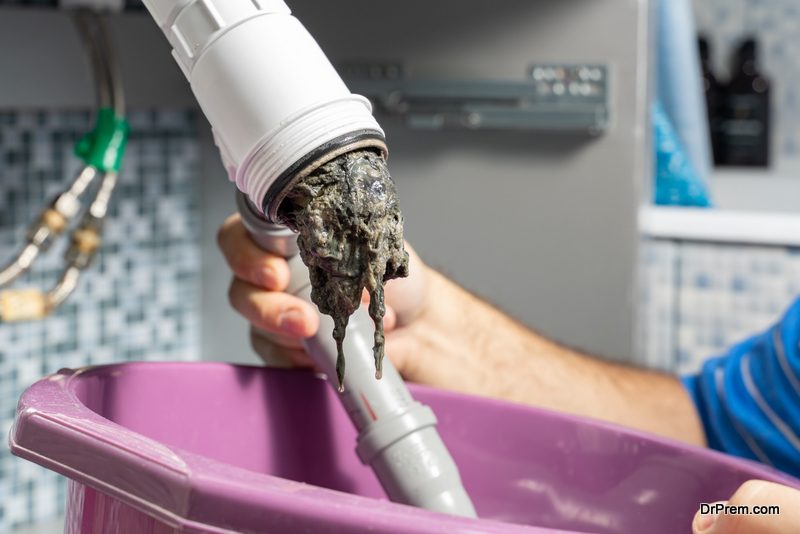Maintaining a house might seem easy until you have to deal with a sewer line. But a clogged sewer line is one of the worst situations you can experience. Although no one wants to talk about it, a clogged sewer line needs to be addressed because of its dangerous problems.
Even if you don’t have the slightest idea about a sewer line, it’s important to check for early warning signs so that you can avoid any disgusting smells. This article will show you how to tell if you notice any unpleasant signs and how to deal with them before it gets any worse.
1. Water Backing Up
The first sign of a clogged sewer line is water backing up in your toilet or sink and it often has a gurgling sound. Usually, there’s a problem with the main sewage line whenever the toilet doesn’t back up in the sink. The gurgling sounds equal to a slow drain so if you notice this in your toilet, then the main sewer might be backed up. Small clogs happen with the smallest gurgling sounds; even when you flush the toilet and there’s a minor gurgling, it’s still a bad sign.
2. Foul Odor
Any funky smell near your drains indicates a sewer backup. While this odor is disgusting, it happens because the water doesn’t move freely within your pipes and it’s stuck in one place. This then leads to a foul stench that’s not only unpleasant, but also hazardous to breathe. Any bacteria are dangerous but sewage bacteria are one of the worst.
3. Floor Drains
Floor drains are common within a basement or laundry room and in such cases, sewer lines often backup around these floors before backing up elsewhere. If you see any wetness around these drains, it means the wastewater isn’t running freely and that the clog hasn’t stopped the water completely yet. To avoid the risk of a blockage and flooding, you should immediately call a plumber to get this sorted out.
4. Water Collecting in Yard
Since sewer lines are located underground, it makes sense that water might collect in your yard. The first signs of a sewer line being backed up include water collecting in the yard and a foul odor. Actually, you might notice the odor way before the water collects in your yard.
How to Prevent Sewer Backup
After you get your sewer line all cleared up, there are some tips to help you prevent any similar sewer line issues in the future.
- No more flushing baby wipes
- Properly dispose of paper products
- Dispose of grease properly
- Consider a backwater valve
- Maintain the sewer between your house and the area’s main sewer
Why It’s Important to Maintain Your Sewer
Your sewer system removes wastewater so that your drain doesn’t get backed up. As a homeowner, it’s important that you maintain your sewer line properly because otherwise, you might experience dangerous things such as mold growth and poor hygiene, which leads to many health issues due to viruses or bacteria.
Investing in a proper sewer system repair is a must but if you don’t want to go through all that fuss, you could also get professional plumbing maintenance. This type of maintenance gets a closer look at your plumbing system and ensures that the water is running smoothly.
How Much Does It Cost to Replace a Sewer Line?
If you’re lucky enough to catch any symptoms of a backed up sewer line, then you might get away with not paying for a completely new sewer line. But if these sewer line problems started after you got your house, then this might cost you a little more.
Ideally, for replacing a sewer line, you could pay between $50 and $125 per foot. A sewer line replacement is usually not covered by most homeowner insurance policies, while some companies have sewer coverage but you need to talk it out with your company first.
Article Submitted By Community Writer


